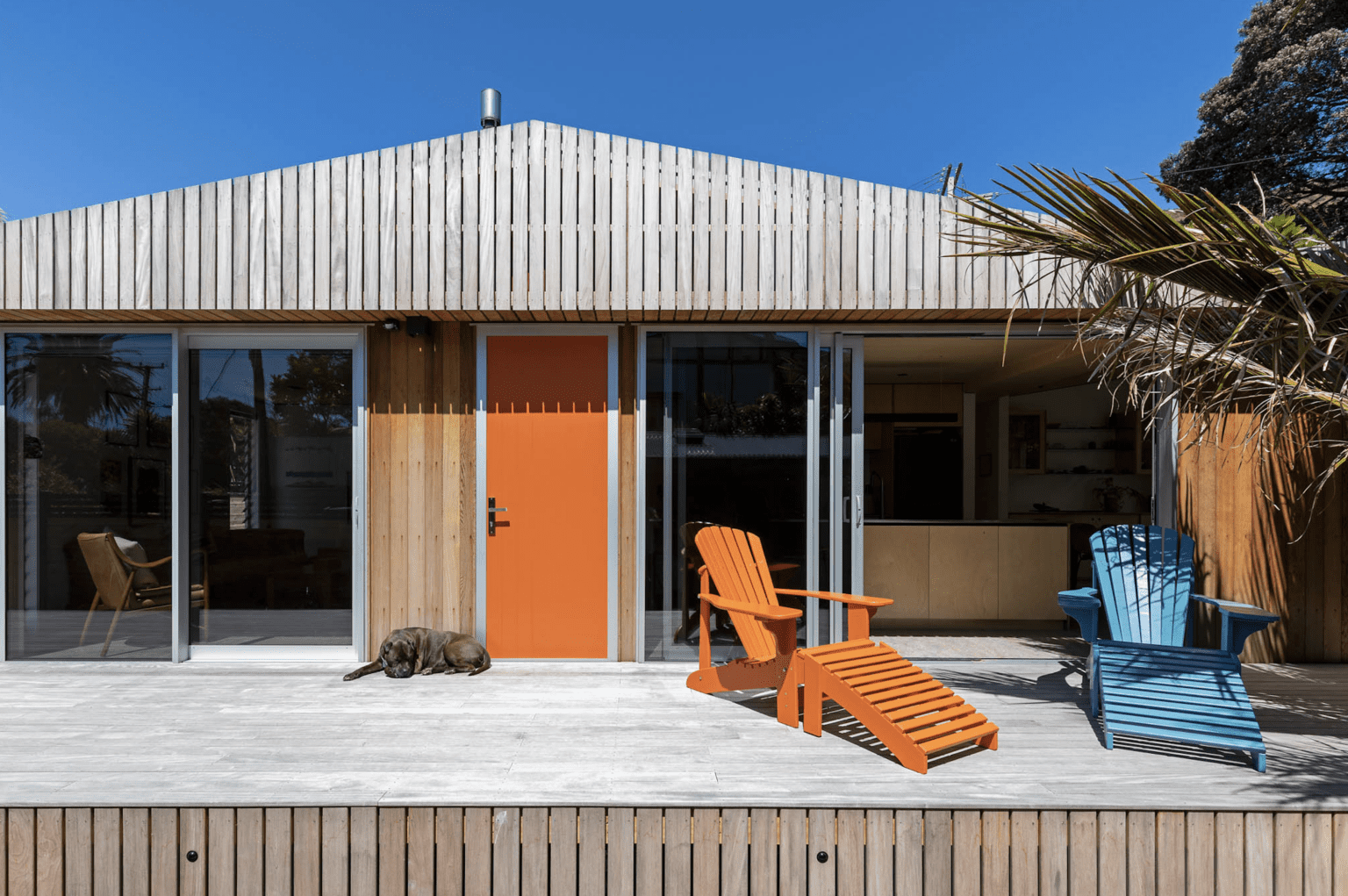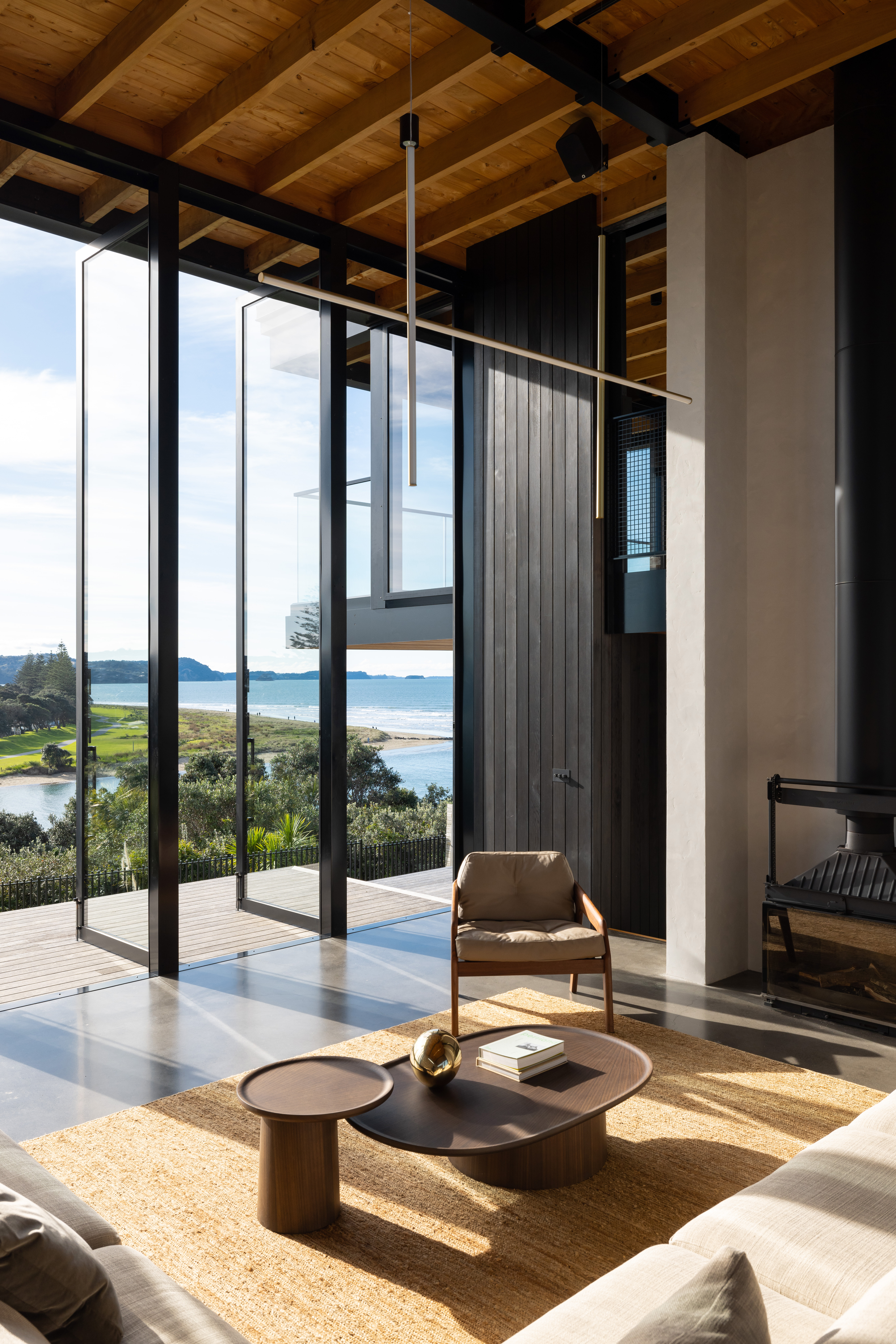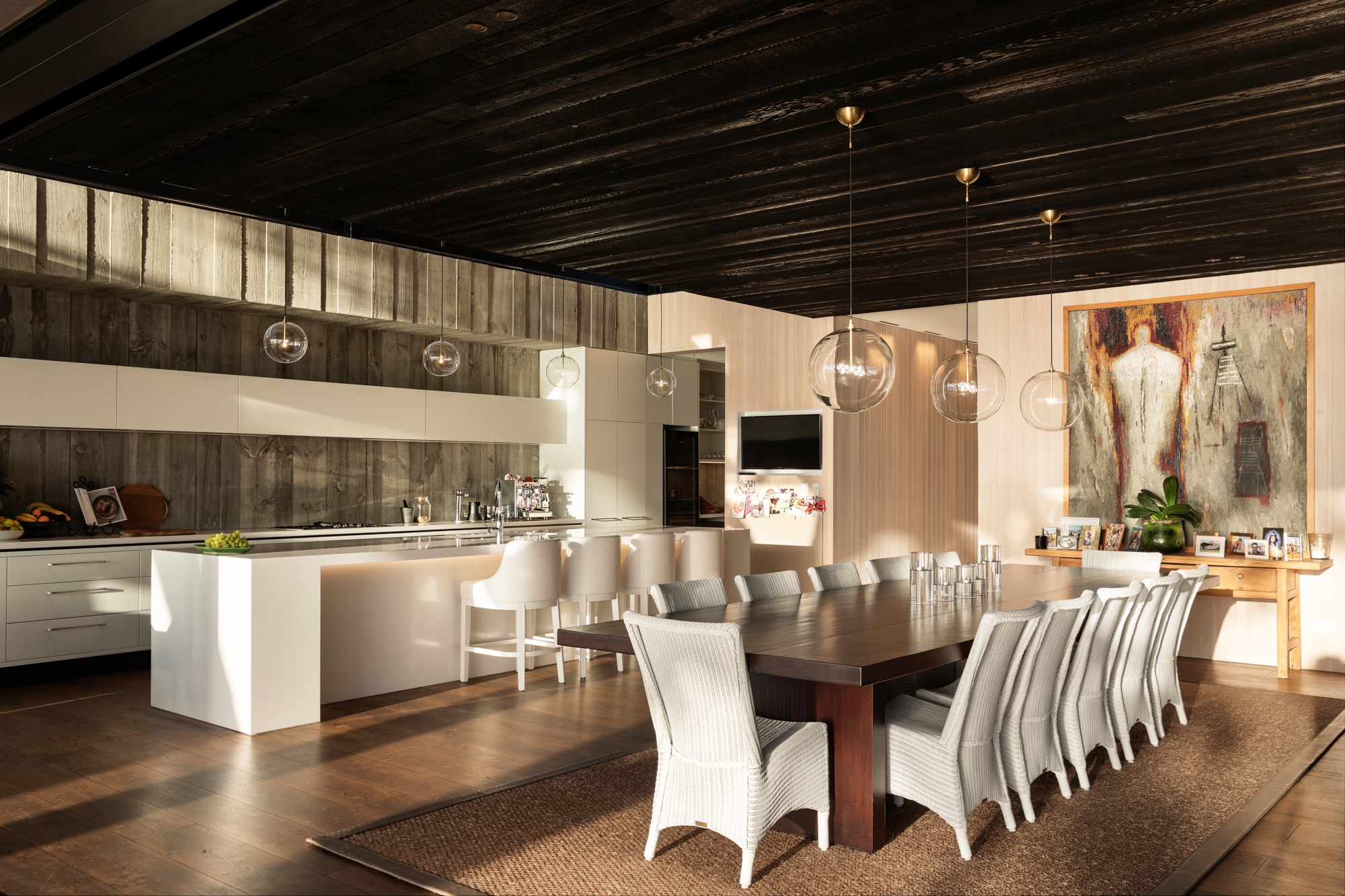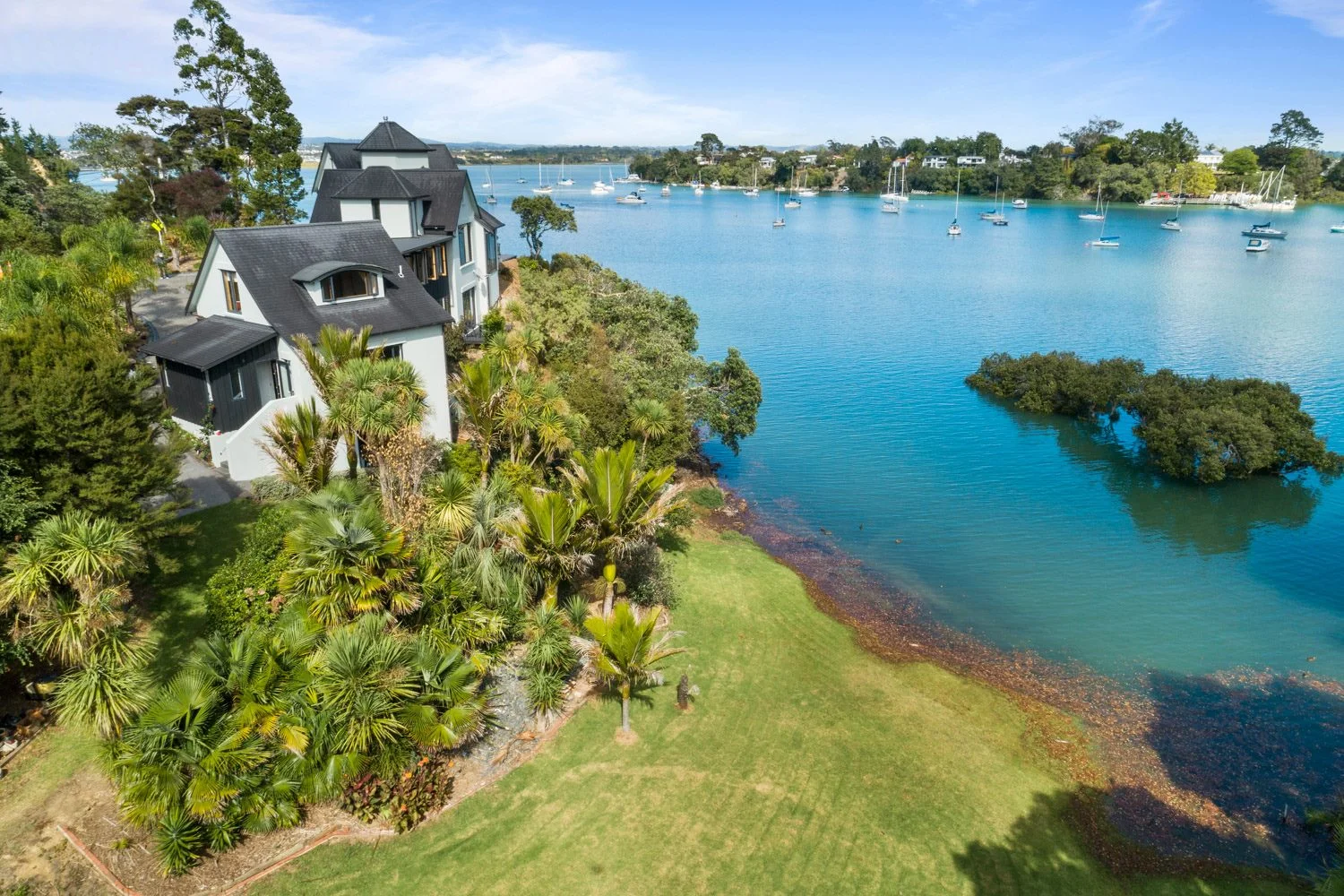Discover
Beautiful Beach House Design Ideas
As an island nation, we Kiwi are familiar with coastal homes. Get inspired by these designs.

Coming in at somewhere between 15,000 and 18,000kms, New Zealand has the ninth longest coastline in the world. As an island nation, we Kiwi are bound only by sea, with a diversity of beaches, coves and fjords that are the envy of the world.
Not only that, but we have unparalleled access to our coastal playground due to the fact that no place in New Zealand is more than 120km from the sea, with the small town of Garston taking the honours as the most inland settlement in Aotearoa, being equidistant from the Pacific and the Tasman Sea.
It’s no surprise then that we have embraced a coastal vibe in our architecture and interior design. Which means that even if you live in Garston you can still bring an element of beach house design into your home by following these simple rules.
Cover image: Shades of sky blue and sunset orange bring vibrancy and a beachy feel to this coastal home designed by Bonnifait + Associates. Image: Russel Kleyn.
Use colour to celebrate nature
When choosing a scheme for your beach house design, look to your surrounding natural environment for inspiration. This includes the sea, the foreshore and the sky.
The sea — and indeed any body of water for that matter — is an infinite kaleidoscope of colour inspiration, seemingly changing hue from the palest turquoise through to the deepest green and all shades in between, as well the whites and neutrals of sea foam.
The foreshore is where you’ll find the beige, coral, grey, brown, black and white tones we associate with sand, driftwood, seaweed, coastal grasses and shells.
Lastly, from sunrise to sunset, the sky offers endless inspiration through all shades of the rainbow, as well as greys and pinks. The colourful beach house pictured in the cover image was designed on a shoestring budget and uses colour to articulate the free-spirited ethos of the design.
A mix of natural fibres and smooth surfaces, including honed concrete, lends an earthy, natural feel to this beach house interior, designed by Fraser Horton. Image: Jono Parker
Layers and texture for coastal homes
Like a coastal landscape, your interior should contain dimension and depth and the best way to achieve this is through the incorporation of texture — both visual and tactile.
Don’t be afraid to use every surface and to include your furniture and accessories to build up dimension and depth within your scheme. You can add texture through elements such as raw wood mantels and driftwood accent pieces, textured and embossed wallpapers, natural stone surfaces, painted walls, and natural fibres such as sisal and jute.
In the coastal home pictured above, architectural designer Fraser Horton created a beachfront loft aesthetic using a palette of textural, raw materials.
Create that light-filled coastal aesthetic
When it comes to achieving the perfect beach house vibe, natural light is the way to go.
The more natural light you can let into your room, the brighter and airier it will feel. Don’t despair if natural light is limited, modern full-spectrum light bulbs can replicate the real thing at any time of the day, with the touch of a button. Just remember the three lighting rules — general lighting, accent lighting and task lighting — for creating a layered feel.
House on Takapuna Beach, which was named the 2021 City Home of the Year, delivers an airy, light-filled environment overlooking the coast. Image: Sam Hartnett
Space – beach house design is all about wide open spaces
Pulling off a successful beach house scheme relies on creating a feeling of space regardless of the size of your room or house. In this context, space means both ‘positive space’ (furniture and furnishings) and ‘negative space’ (the open space between said furniture and furnishings) working in harmony through the placement of furniture and furnishings within any given room.
Beach house design tends to rely on the illusion of more negative or open space than positive space. The goal is to create a balance between the two. To achieve this, allow 1–2 metres of open space around furniture and furnishings.
Cast a critical eye over your room or space, and if needed, rearrange or remove furnishings to achieve this balance.
Author
Discover More

How Kiwi Live: Dame Sophie Pascoe’s Christchurch Home Blends Family, Accessibility & Design
Far from a museum of medals, Sophie's home is a sanctuary defined by whānau, resilience, and a vibrant open-door policy.
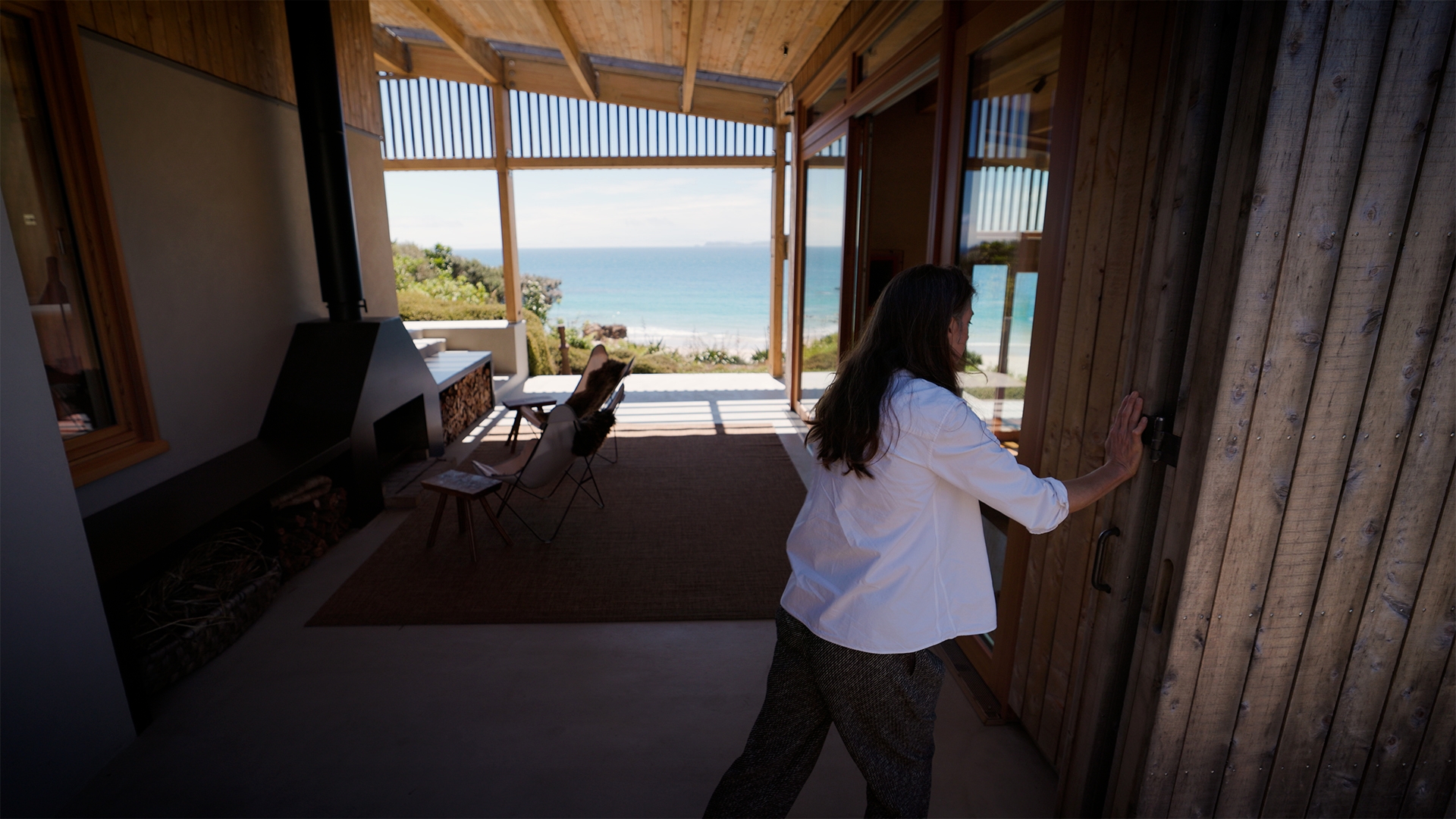
How Kiwi Live: A peek inside interior designer Kristina Pickford’s Otama sanctuary
Kristina Pickford's home is more than a place to live; it's somewhere to connect with friends, whanau, and the land.
Search
Other articles you might like
